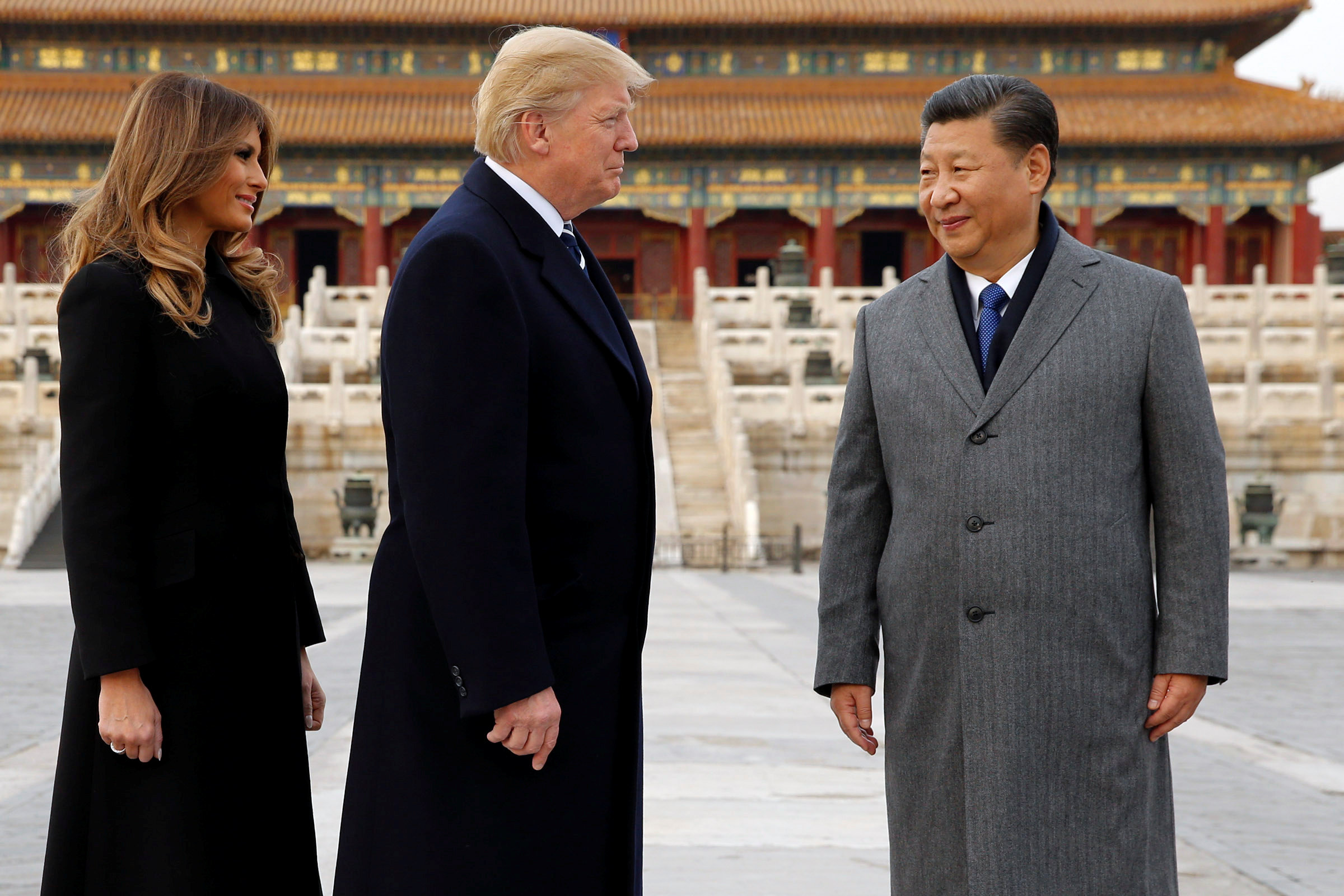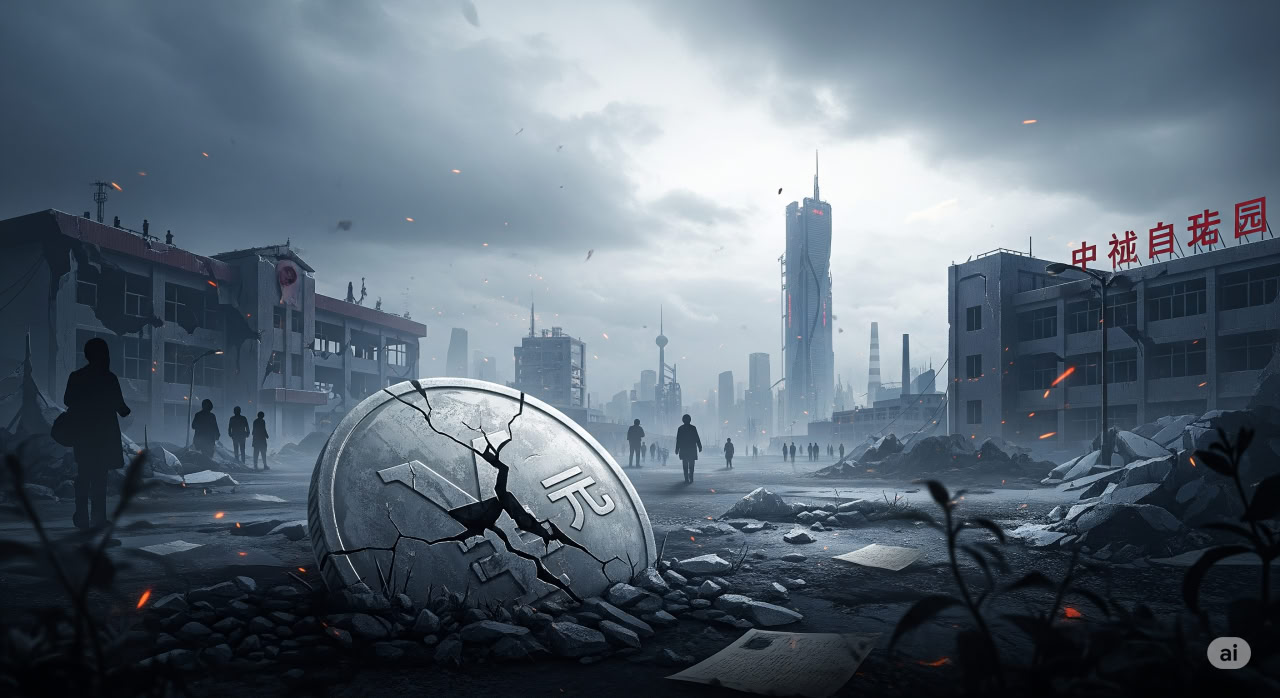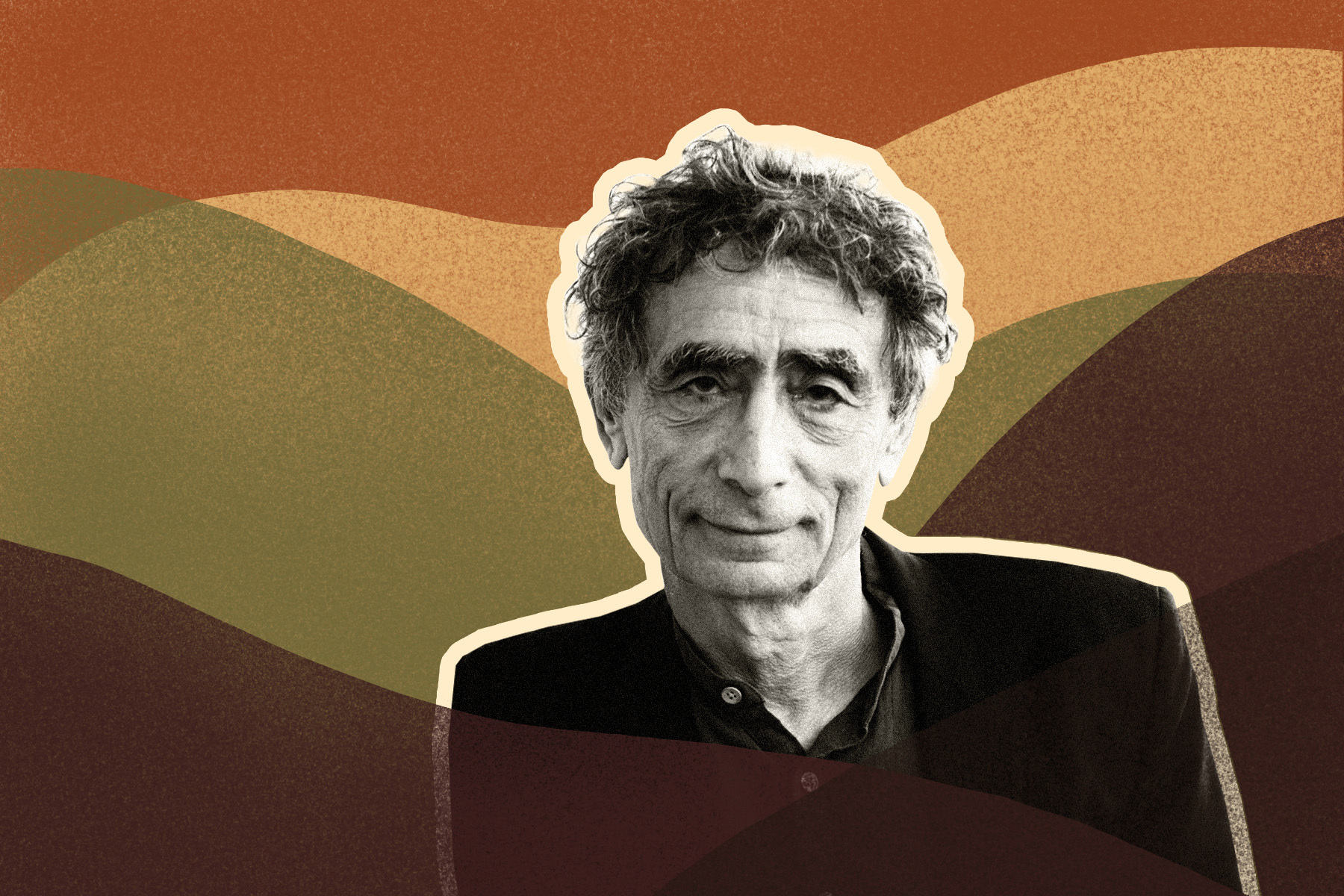Tucker Carlson’s recent sit-down with Iranian President Masoud Pezeshkian offered a fascinating glimpse into the art of diplomatic double-speak, complete with some truly Olympic-level mental gymnastics around what “Death to America” actually means. According to Pezeshkian, those chants aren’t about wanting Americans dead—they’re protests against “crimes, killing and carnage” and “supporting instability.”
Right. Because nothing says “anti-violence” quite like chanting for death.
The interview, while only thirty minutes long, managed to pack in enough deflection and misdirection to power a small diplomatic crisis. Pezeshkian spent most of his time dancing around uncomfortable questions while simultaneously trying to position Iran as the reasonable party in Middle Eastern affairs—a tall order given the circumstances.
Take his response to whether Iranians have ever killed Americans. The president’s answer was a flat no, followed by a pivot to ISIS and claims that America created the terrorist group. This conveniently ignores the well-documented instances of Iranian-backed militias and operatives killing U.S. soldiers in Iraq. Iranian-trained forces, using Iranian-supplied weapons, targeted American troops repeatedly during the Iraq War. These aren’t obscure historical footnotes—they’re documented facts that make Pezeshkian’s denial feel either disingenuous or remarkably uninformed.
The ISIS deflection is particularly telling. Yes, Obama once said that the group emerged from the chaos of Iraq—acknowledging that the invasion created conditions for extremism to flourish. But there’s a vast difference between admitting that military intervention had unintended consequences and claiming America literally created ISIS. It’s the kind of logical leap that sounds compelling in sound bites but falls apart under scrutiny.
What’s more interesting is how Pezeshkian repeatedly invokes “forever wars” throughout the conversation—a phrase calculated to resonate with American war-weariness. He’s clearly playing to an audience that’s tired of Middle Eastern entanglements, painting Iran as a peaceful nation dragged into conflict by Israeli aggression and American imperialism.
The discussion of religious fatwas against Trump and Netanyahu revealed another layer of this careful messaging strategy. When pressed about death decrees issued by senior Iranian clerics, Pezeshkian claimed ignorance before pivoting to explanations about religious condemnation of insults. But the fatwa in question wasn’t some abstract theological discussion—it was a specific response to perceived threats against Iran’s supreme leader, with the questioner explicitly referencing “America’s president” and “heads of the Zionist regime.”
The president’s attempt to distance the Iranian government from these religious pronouncements rings hollow when you consider how integrated the clerical establishment is with state power in Iran. The idea that he wouldn’t know about such a significant religious ruling strains credibility.
Perhaps most revealing was the discussion about nuclear inspections and Iran’s withdrawal from International Atomic Energy Agency cooperation. Pezeshkian’s explanation—that recent Israeli strikes damaged facilities, making inspections impossible—feels like a convenient excuse for behavior that predates those attacks. Iran has been limiting inspector access and building secret enrichment facilities for years.
The elephant in the room that Carlson didn’t adequately address is why Iran needs to enrich uranium to 60% if its nuclear program is purely civilian. Medical isotopes and power generation don’t require anything close to that level of enrichment. Neither does the construction of secret underground facilities hidden from international monitors. These aren’t the actions of a country with nothing to hide.
Pezeshkian’s repeated emphasis on Netanyahu as the singular obstacle to peace also deserves skepticism. While Israeli actions certainly complicate regional dynamics, Iran’s support for proxy groups across the Middle East—from Hezbollah to the Houthis—suggests a more complex relationship with regional stability than the president let on.
The interview highlighted something crucial about Iranian diplomatic strategy: they’re remarkably skilled at presenting themselves as the injured party while simultaneously maintaining the capability to project power across the region. It’s a delicate balance that requires significant rhetorical dexterity.
Frankly, what’s most troubling isn’t any individual claim Pezeshkian made—it’s the broader pattern of answers that sound reasonable on the surface but crumble under closer examination. The president clearly came prepared with talking points designed to appeal to American audiences, complete with references to international law and peaceful coexistence.
But actions speak louder than diplomatic pleasantries. Iran’s nuclear program continues advancing, its regional proxies remain active, and its relationship with international oversight bodies grows increasingly strained. No amount of semantic dancing around “Death to America” chants changes those realities.
The interview serves as a reminder that diplomatic communication is often less about conveying truth than about managing perceptions. Pezeshkian’s performance was polished and strategic, hitting notes likely to resonate with Americans tired of Middle Eastern conflicts. Whether it reflects genuine policy intentions or sophisticated propaganda depends largely on how much faith you place in the gap between rhetoric and reality in Iranian politics.
In the end, the most honest moment might have been when Pezeshkian acknowledged that Iran is “capable enough to defend themselves” against any attack. Everything else felt like elaborate theater designed to obscure that fundamental reality.


